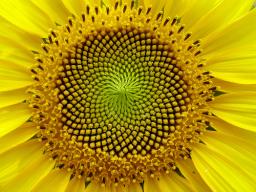Sequence
Between numbers, 11 and 115, insert n members of the arithmetic sequence whose sum is 2835.
Final Answer:

You need to know the following knowledge to solve this word math problem:
algebraGrade of the word problem
Related math problems and questions:
- Arithmetic 4495
 Insert as many members of the arithmetic sequence between the numbers 8 and 20 that their sum is 196.
Insert as many members of the arithmetic sequence between the numbers 8 and 20 that their sum is 196. - AP members
 Insert as many arithmetic sequence members between numbers 1 and 53 that the sum is 702.
Insert as many arithmetic sequence members between numbers 1 and 53 that the sum is 702. - Insert
 Insert five numbers between 8 and 27 such numbers that, with two given ones, they form the first seven members of the geometric sequence.
Insert five numbers between 8 and 27 such numbers that, with two given ones, they form the first seven members of the geometric sequence. - Insert 3
 Insert five arithmetic progression members between -7 and 3/2.
Insert five arithmetic progression members between -7 and 3/2. - Harmonic series
 Insert four members between 5/3 and 5/11 to form a harmonic series (means).
Insert four members between 5/3 and 5/11 to form a harmonic series (means). - Finite arithmetic sequence
 How many numbers should be inserted between the numbers 1 and 25 so that all numbers create a finite arithmetic sequence and that the sum of all members of this group is 117?
How many numbers should be inserted between the numbers 1 and 25 so that all numbers create a finite arithmetic sequence and that the sum of all members of this group is 117? - Two geometric progressions
 Insert several numbers between numbers 6 and 384 so that they form with the given GP numbers and that the following applies: a) the sum of all numbers is 510 And for another GP to apply: b) the sum of entered numbers is -132 (These are two different geome
Insert several numbers between numbers 6 and 384 so that they form with the given GP numbers and that the following applies: a) the sum of all numbers is 510 And for another GP to apply: b) the sum of entered numbers is -132 (These are two different geome
